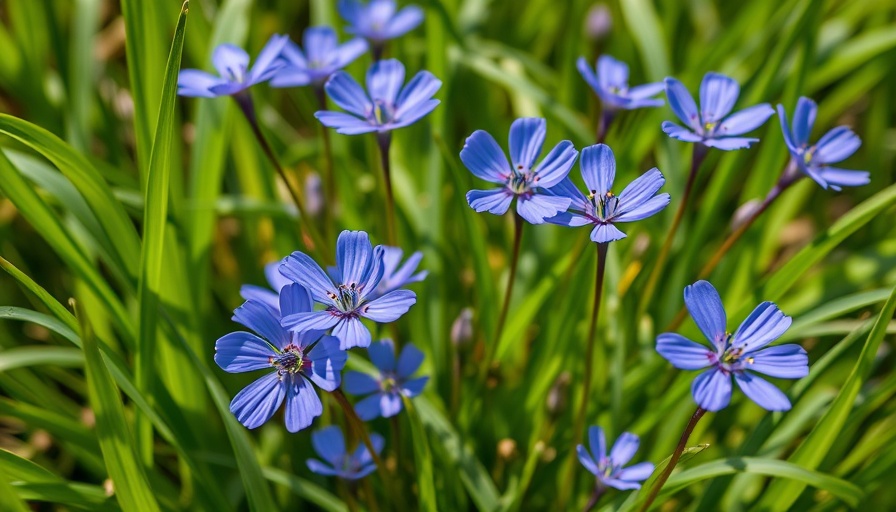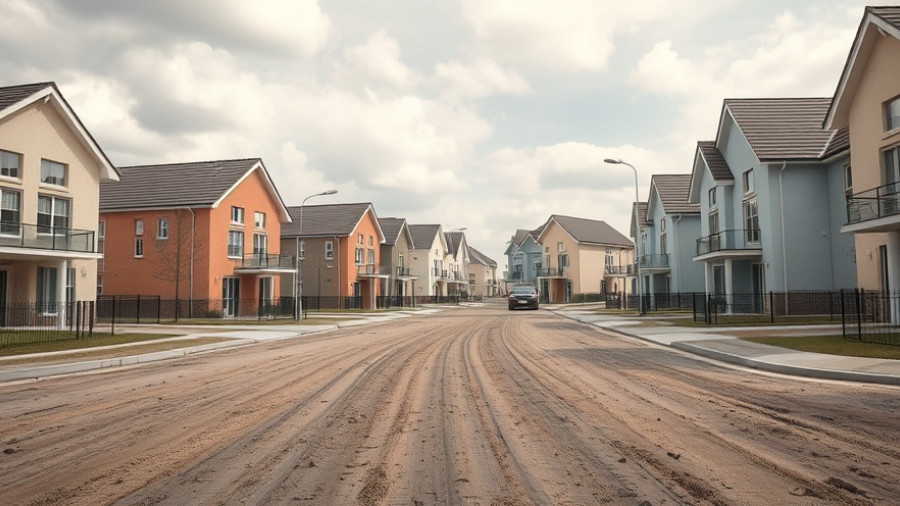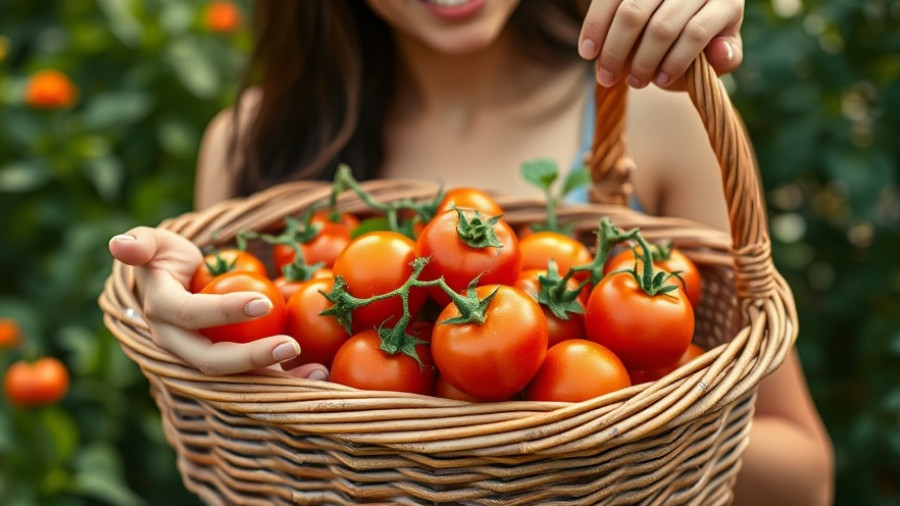
Discovering the Beauty of Blue-Eyed Grass
For homeowners and gardening enthusiasts alike, blue-eyed grass (Sisyrinchium spp.) may be one of the best-kept secrets of the gardening world. Few plants rival its delicate beauty and unique charm, which can transform your garden into a stunning landscape. This rewarding perennial is not just aesthetically pleasing; it serves as a reminder of the bounty of native species, promoting biodiversity right in your backyard.
Popping Colors: The Elegance of Blue-Eyed Grass
Blue-eyed grass stands out for its vibrant violet blue flowers with sun-catching yellow centers. This plant typically reaches heights of 6 to 24 inches, depending on the variety, bringing dynamic layers to any garden. The fan-like sword-shaped leaves closely resemble those of the iris family. This resemblance is no coincidence; while commonly mistaken for a grass, it is, in fact, a proud member of the iris family, boasting colors that bloom from March to July.
Why Choose Blue-Eyed Grass for Your Garden?
Choosing native plants like blue-eyed grass provides countless benefits. These plants are adapted to local soils and climates, requiring less water and fertilizer than their non-native counterparts. Its roots go deep, allowing it to absorb moisture more efficiently, making it more resilient in drought conditions. In addition, native plants support local wildlife, offering nectar for pollinators like bees and butterflies, which are vital for the ecosystem.
Best Practices for Growing Blue-Eyed Grass
To keep your blue-eyed grass thriving, plant it in full sun with moist, well-drained soil, a combination that maximizes blooms. However, if you’re facing a particularly drought-prone area, don’t fret! This hardy perennial can withstand dry spells, though it'll demand some extra watering during droughts to ensure consistent flowering. Regularly removing spent blooms will help extend its flourishing period, encouraging new growth and continued beauty.
Varieties to Explore
The vast world of blue-eyed grasses offers ample options for every garden. Take a look at:
- Sisyrinchium angustifolium: The most common variety, hardy from zones 4 to 9, producing lovely violet-blue flowers.
- Sisyrinchium mucronatum: A taller variety reaching up to 16 inches, perfect for the East Coast.
- Sisyrinchium idahoense: Adapts well to sandy, moist soils, showcasing flowers that bloom in the West.
- Sisyrinchium montanum: Thrives primarily in northern U.S. climates.
Incorporate Blue-Eyed Grass into Your Landscape
Imagine walking through your garden, filled with the soft hues of blue-eyed grass swaying gently in the breeze. Not only does it elevate the visual appeal of any outdoor space, but it also beckons an array of beneficial creatures. By incorporating blue-eyed grass, you can create layers of biodiversity, from stunning visuals to a flourishing ecosystem that supports your local environment. Beyond aesthetics, every gardener should consider the role these natives play—and the impact you can foster simply by planting.
Future Implications and Trends in Gardening
As gardening embraces sustainability, the future of home landscapes will undoubtedly spotlight native plants. Emphasizing biodiversity in gardens empowers homeowners to play a crucial role in environmental preservation. Replacing non-native species with natives like blue-eyed grass doesn’t merely beautify gardens; it contributes to the ecological balance and serves as a practical guide for future landscaping choices.
Take Action for Your Garden's Future!
With its striking beauty and positive environmental impact, blue-eyed grass deserves a spot in your garden. It’s time to start planning your planting strategy! By incorporating dynamic native plants, you'll not only enhance your space but also support the local ecosystem. Dive into your gardening adventure and let every bloom remind you of the natural beauty right outside your door.
 Add Row
Add Row  Add
Add 




Write A Comment